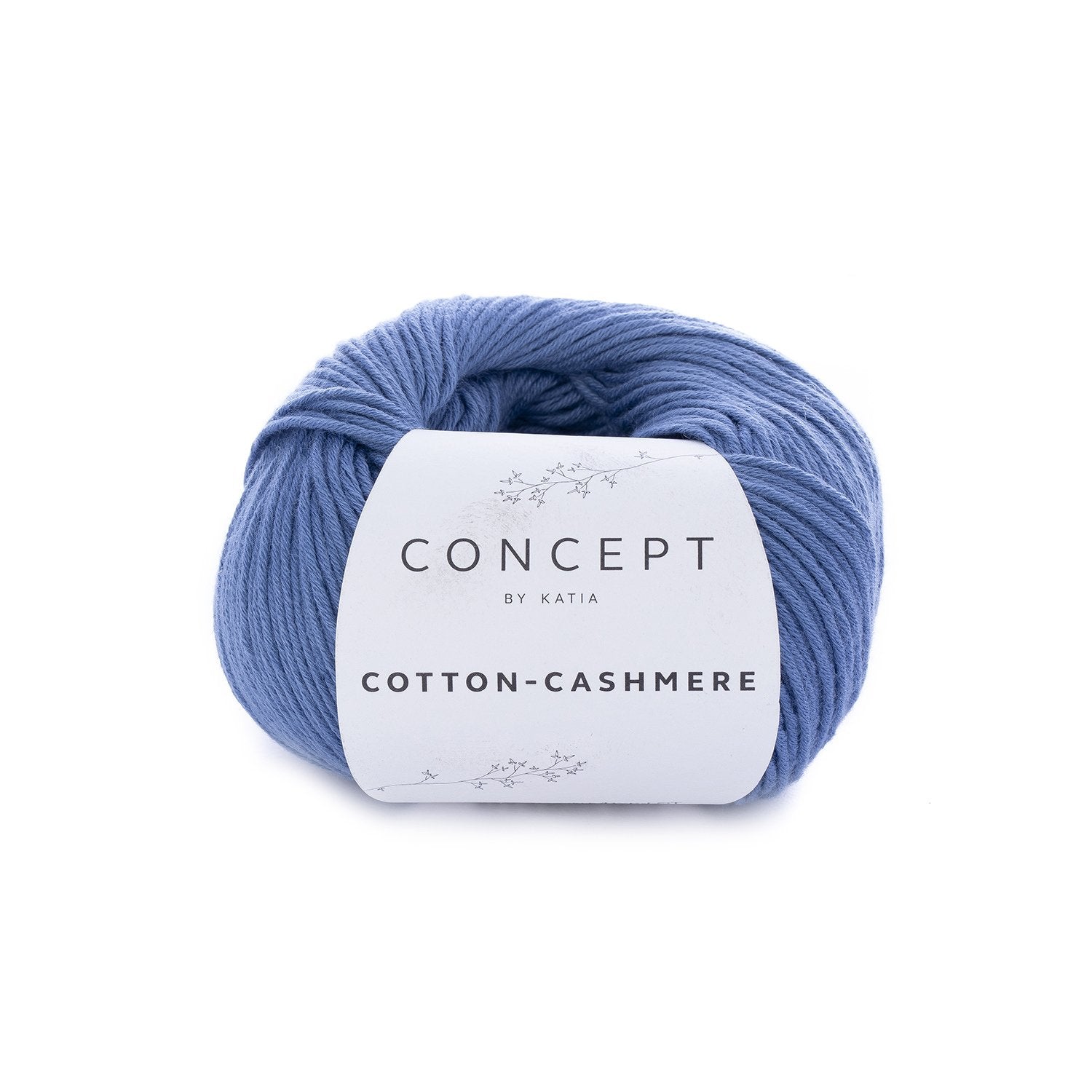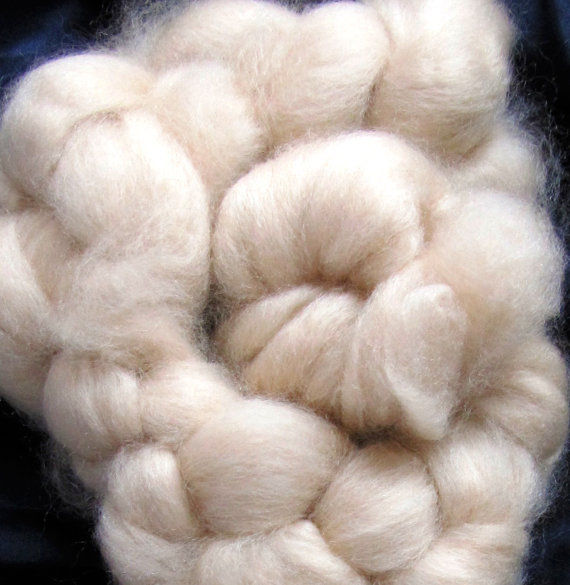What Material Is Cashmere? Understanding Its Special Characteristics and Uses
What Material Is Cashmere? Understanding Its Special Characteristics and Uses
Blog Article
Discover the Attraction of Cashmere a Natural Fiber: Why It's a Must-Have in Your Closet
The attraction of cashmere, a luxury natural fiber, goes beyond simple visual appeals. From discussing its appealing beginning to comprehending its manufacturing process, high quality, and care, it's worth exploring why cashmere holds such a special place in the globe of fabrics.

The Origin and History of Cashmere: A Brief Review
While many might check out cashmere as a basic high-end, its history is steeped in rich social custom. Originating from the Kashmir region in India, cashmere woollen has been produced for thousands of years. The fiber is obtained from the soft undercoat of cashmere goats, harvested throughout their molting season. As a priceless product, it was traded along the Silk Road, becoming very valued in Europe in the 18th century. The name 'cashmere' is an old English derivation of Kashmir. Regardless of its international popularity, the bulk of cashmere manufacturing still remains in Asia, especially China and Mongolia. This historical journey highlights the social significance of cashmere, transforming it from a local specialty to an international high-end.
Recognizing the Unique Properties of Cashmere Fiber
Cashmere, renowned for its distinctive attributes, stands apart on the planet of textiles. This extravagant fiber is exceptionally soft, supplying a comfy and comfortable feeling unlike any other. It is considerably warmer than woollen, making it an optimal selection for winter garments. In spite of its heat, cashmere is surprisingly lightweight and doesn't include unnecessary bulk. This all-natural fiber is additionally known for its sturdiness. While various other products may use down with time, cashmere keeps its high quality, making certain long-lasting wear. Cashmere possesses an one-of-a-kind aesthetic allure. Its mild gloss and elegance make it a staple in high-end fashion. Comprehending these buildings clarifies why cashmere is not just a luxury, however a beneficial investment for any type of wardrobe.

The Refine of Making Cashmere: From Goat to Garment
To appreciate the extravagant homes of cashmere totally, one need to recognize its journey from the raw fiber to the completed item. The procedure begins with the check this site out cashmere goats, primarily located in Mongolia, China, and Iran. The soft undercoat of these goats, collected during their natural molting period in springtime, provides the raw material. This delicate fiber is then very carefully divided from the coarser external hair in a labor-intensive process referred to as dehairing. The pure cashmere is after that colored, spun into yarn, and Related Site finally knitted or woven right into the desirable garments. Each action is diligently carried out to protect cashmere's notable heat, soft qualities, and longevity. This elaborate procedure results in the production of a really extravagant textile.

Translating the Top Quality and Rate: Why Is Cashmere so Expensive?
Cashmere stems from the fine undercoat of the cashmere goat, with each goat creating a mere 150 grams yearly. The processing of raw cashmere calls for both time and knowledge, with the fibers needing to be carefully arranged, cleaned, and spun. These factors combined make cashmere a pricy yet very in-demand product in the world of fashion.
Cashmere in Fashion: The Convenience and Classic Charm
Despite its high cost, the classic appeal and adaptability of cashmere have actually solidified its place in the realm of style. The versatile nature of cashmere enables for its assimilation into both laid-back and official attire, signifying its broad charm. As fads come and go, cashmere remains a constant, its appeal undiminished, continuing to form the fashion and inspire industry's landscape.
Caring for Your Cashmere: Upkeep and Conservation Tips
Making certain the long life of cashmere garments requires particular care and attention. These valued properties need to not be tossed into the washing device with routine laundry. Instead, hand washing with gentle, pH-neutral soap in lukewarm water is recommended. After washing, they ought to not be wrung out. Instead, they must be carefully pushed between towels to take in excess water, then laid flat to dry. Regular brushing with a cashmere comb can prevent pilling. Storing these his comment is here things in an awesome, dry place, ideally in a breathable bag, can shield them from moths and moisture (is cashmere a natural fiber). A periodic airing outside, far from direct sunlight, can refresh the fibers. With these upkeep and conservation pointers, one can ensure their cashmere remains luxuriously soft and durable.
Final Thought
Cashmere, with its exceptional soft qualities and warmth, gives both luxury and longevity. Discover the appeal of cashmere and raise your fashion collection.

Report this page